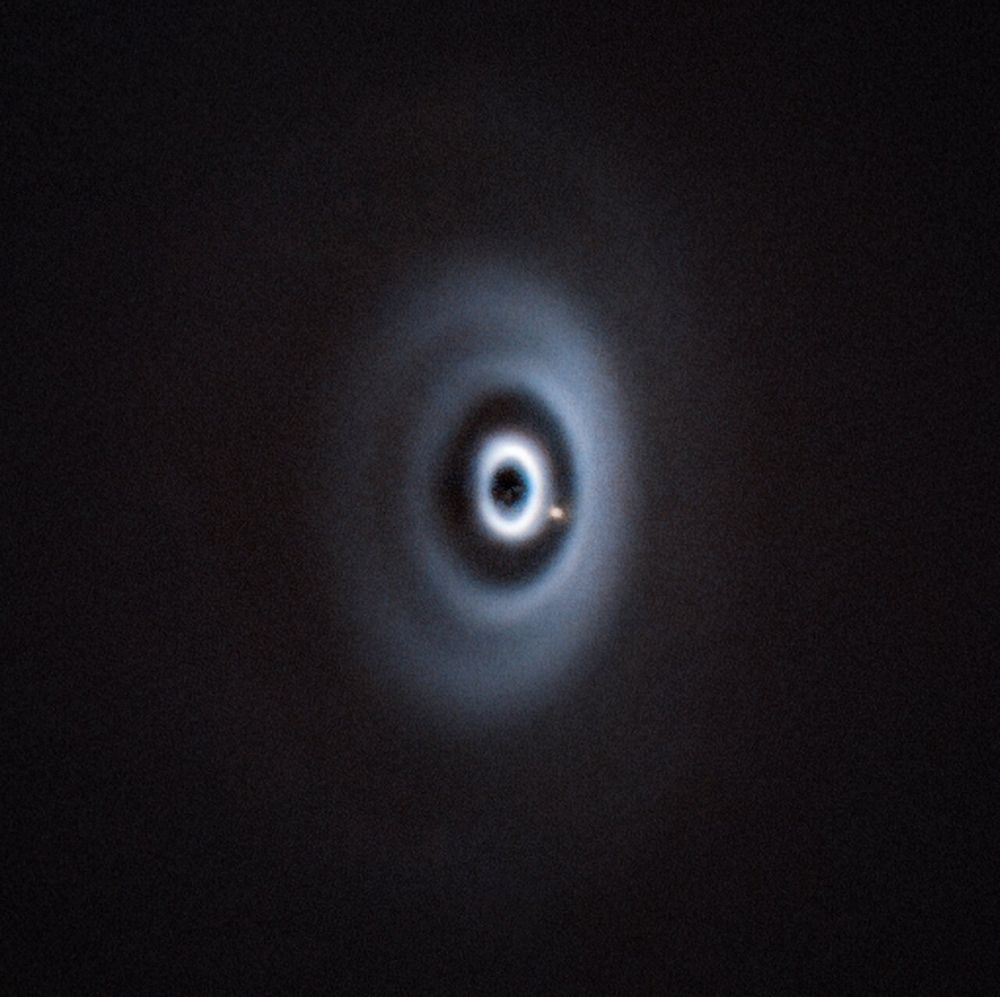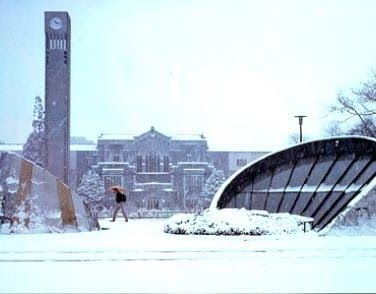Posts
Media
Videos
Starter Packs
Pinned
Reposted by Evert Nasedkin
Reposted by Evert Nasedkin
Reposted by Evert Nasedkin
Reposted by Evert Nasedkin
Reposted by Evert Nasedkin
Evert Nasedkin
@evertnasedkin.bsky.social
· Aug 15
Reposted by Evert Nasedkin
Reposted by Evert Nasedkin














